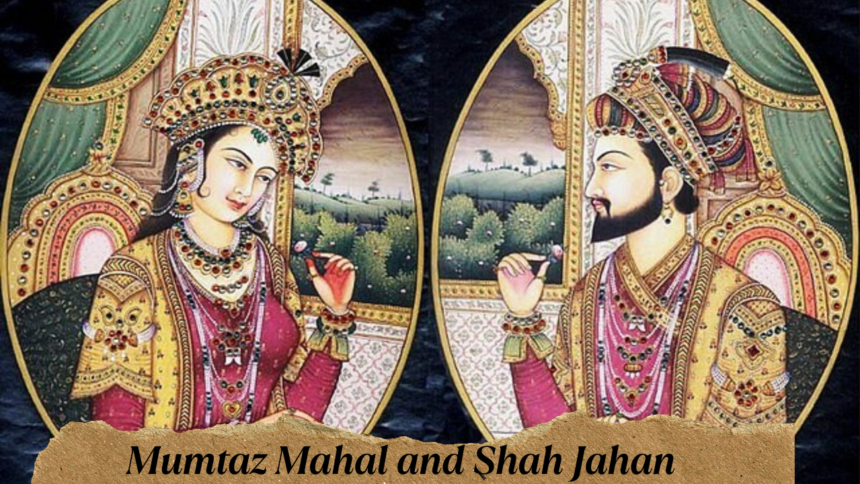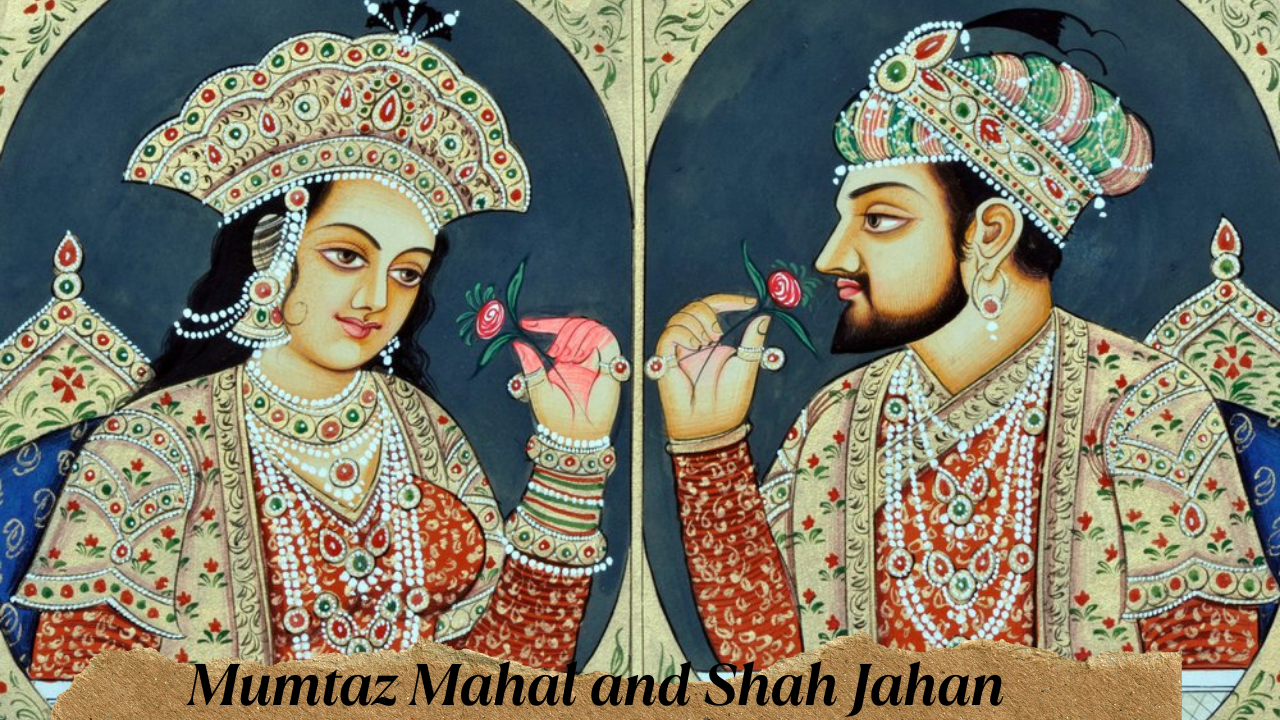Inscribed in white marble, the Taj Mahal is more than just a building; it is an eternal story of love. Many people think it’s gorgeous, but the real tale of how it was made is even more fascinating. It tells the story of a king’s unwavering loyalty, grief, and affection. Let’s explore the real story of Mumtaz Mahal and Shah Jahan, the famous couple who constructed one of the most extraordinary structures in history.
Who were Mumtaz Mahal and Shah Jahan
Mumtaz Mahal and Shah Jahan, the grandson of the famous Mughal emperor Akbar, was born Prince Khurram in 1592. From a young age, he was destined for greatness, but his life took a lyrical turn when he met Arjumand Banu Begum, the woman history remembers as Mumtaz Mahal.
In the royal court, Mumtaz Mahal was not your average queen. She was Shah Jahan’s dearest friend, confidante, and genuine love. Together, they share a beautiful love story that is full of passion, friendship, and a deep emotional connection.
A Connection That Held Up Over Time
Shah Jahan and Mumtaz Mahal had a well-known relationship. Their marriage was base on genuine love, as opposed to the political agreements that made many royal pairings possible. Mumtaz was not only his wife but also a confidante he trusted. She counselled him on questions of state, accompanied him on military expeditions, and supported him throughout his life.
However, regrettable events brought their love story to a sudden end. Mumtaz Mahal passed away in 1631 while giving birth to their fourteenth child. Shah Jahan was devastated by the defeat. As a result of his deep despair, he stopped participating in court activities. However, something timeless—the Taj Mahal vision—rose from this sorrow.
The Taj Mahal’s Creation: A Declaration of Unending Love
Shah Jahan, who was devastate but adamant about paying tribute to his beloved, promise to construct a monument that would capture the majesty of their union. He came up with a plan so amazing that people would remember it for years to come.
When building started in 1632, some 20,000 artisans and labourers toiled diligently under the direction of well-known architects of the era. The structure that resulted from combining Persian, Islamic, and Indian architectural elements never fails to captivate visitors.
The Creation of White Marble: A Wonder
The Taj Mahal beautifully showcases artistic creativity and symmetry. Made completely of white marble, it changes its colors with the sunlight, turning pink at dawn, bright white during the day, and golden at dusk. The elaborate carvings, Quranic texts, and semi-precious gems set into the walls make it an exceptional piece of art.
The 240-foot central dome symbolizes the sky, while the four nearby minarets denote stability and balance. The exact geometric design of the gardens creates an impression of paradise on earth.
Every element narrates a story, making the Taj Mahal not merely a grave; it stands as a testament to the lasting strength of love.
The Taj Mahal: A Pricey Journey
It is estimate that the construction cost around 32 million rupees at the time—an astronomical amount in the 17th century! The finest materials were source from different parts of the world: white marble from Rajasthan, turquoise from Tibet, and lapis lazuli from Afghanistan.
Mumtaz Mahal and Shah Jahan ensured that no expense was missed. The artists worked day and night for over 20 years to make his vision a reality. When it was finally completed in 1653, it was the most spectacular monument ever built in the name of love.
Shah Jahan’s Sad Demise
Even though Shah Jahan create one of the most iconic representations of love, his later years were marred by sadness and treachery. Aurangzeb, his son, took over the throne and put his father in the Agra Fort. The once-powerful emperor wished to be with Mumtaz Mahal again as he spent his final days looking out a window at the Taj Mahal.
In 1666, Shah Jahan pass away. He was interred next to his cherished Mumtaz in the Taj Mahal, guaranteeing their unity even after death. The monument he built out of affection became a tribute to their love story for many years ahead and also his ultimate burial site.
Tales and Folklore About the Taj Mahal
Besides its famous beauty, the Taj Mahal is surround by many legends. Certain individuals hold the view that Shah Jahan intend to construct a black Taj Mahal as his personal tomb, situated directly across from the white one. Some claim that the craftsmen who created the Taj Mahal had their hands severed to ensure they could never duplicate its splendor.
The Taj Mahal Today: A Global Symbol
The Taj Mahal is currently one of the most frequented destinations on Earth. Every year, millions of travelers come to it since it was designated a UNESCO World Heritage Site in 1983. Its charm is being protect despite concerns regarding pollution and ecological damage.
The Taj Mahal remains an enduring symbol of love for poets, dreamers, and romantics. It is a monument that speaks to the depths of human emotions and the strength of commitment, making it more than just a tourist destination.
Read More: Sunscreen for Every Skin Type: How Women Can Find Their Perfect Match
Conclusion
The tale of Mumtaz Mahal and Shah Jahan is about love that endures beyond time, not only about a magnificent building. The Taj Mahal is a reminder that genuine love never really fades once it is found. It captures the agony of separation as well as the beauty of commitment.
The next time you visit, not only admire the Taj Mahal’s design but also remember the love story that inspired it. Because love is ultimately the only thing that truly endures.


